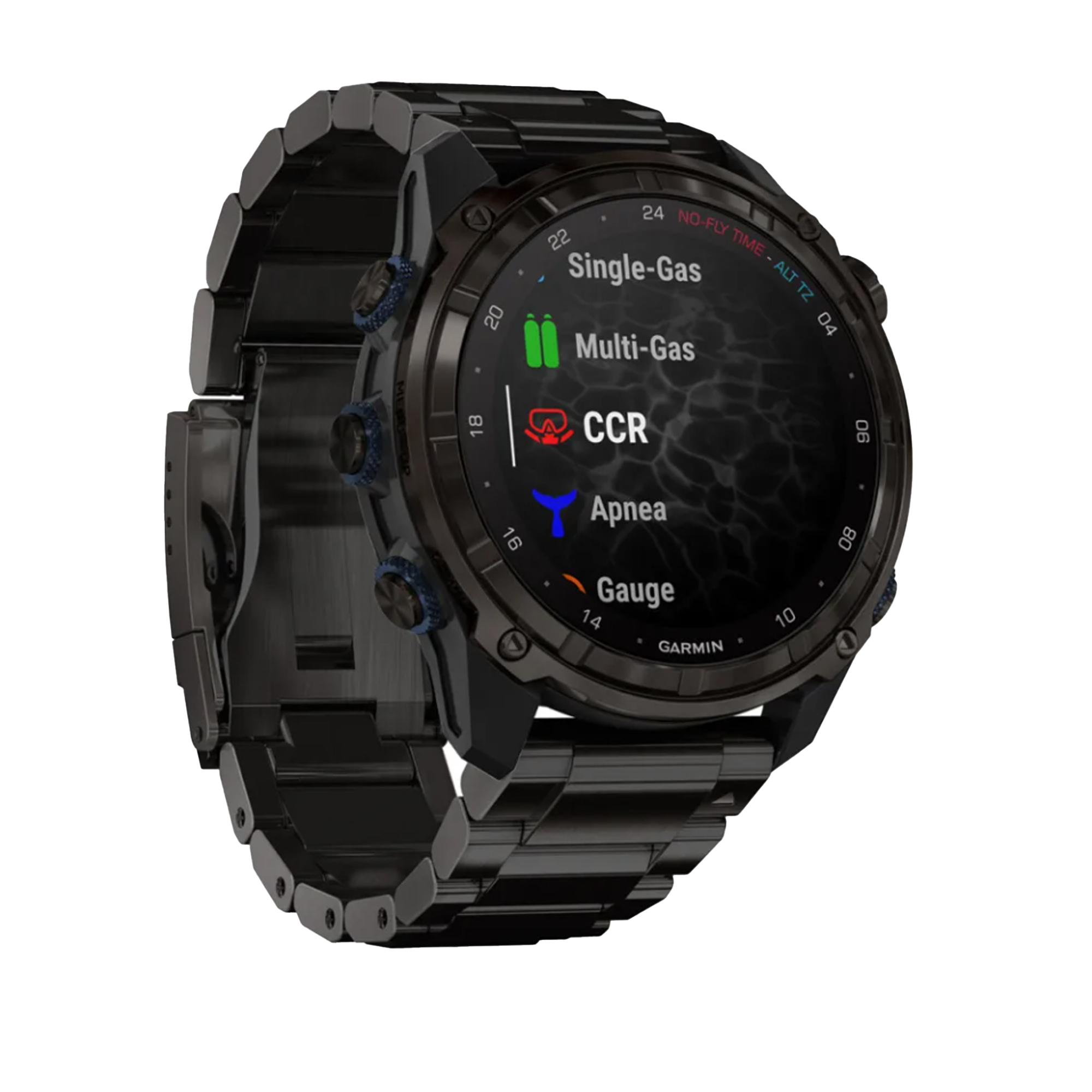Navigation
If anyone needs exposure protection while in the water, it would have to be your kids. The exposure protection includes steamer and shorty style wetsuits, plus rash vests. The shorties help to slow down the heat loss speed in the water, while the steamers and rash vests will protect them from sunburn. These items are specifically designed with children in mind and parents will appreciate the quality and effectiveness while the kids will appreciate the comfort they provide and how cool they they look when they have them on. It is important for a your child or junior to be just as comfortable as an adult and our accessories add comfort while enhancing your kid's adventure.
Conside
![]() Wreck Dive |
Wreck Dive | ![]() Boat access
Boat access
![]()
![]()
![]()
![]()
![]()
Steamship | Max Depth: 5 m (16 ft)
The Conside (aka SS Conside) shipwreck is historically significant for being the earliest screw steamer wreck in Victoria. The Conside was the first screw steamer to travel between Sydney and Melbourne and is likely to have been the first steamship across the Pacific. It is archaeologically and technically significant for the remains of its early geared oscillating steam engine.
Diving the Conside Shipwreck
Wreck reported lying on the extreme south-west point of Lonsdale Reef. Location of a geared oscillating steam engine reported on the south-east corner of outer reef Point Lonsdale confirmed to be Conside.
Bass Strait Warning: Always keep an eye on sea conditions throughout any shore or boat dive in Bass Strait on Victoria's coastline. Please read the warnings on the web page diving-in-bass-strait before diving or snorkelling this site.
The Rip & Tides Warning: Always keep an eye on sea conditions throughout any shore or boat dive within "The Rip" (aka "The Heads"). This is a dangerous stretch of water, where Bass Straight meets Port Phillip, which has claimed many ships and lives. Please read the warnings on the web page diving-the-rip before diving or snorkelling this site.
Conside History
The Conside was a small 368 ton gross (259 ton net) iron, screw steamship, built in 1848 by T.D. Marshall in South Shields, England. The Conside was 105.5 ft (32 m) long, with a beam of 26.5 ft (8.08 m) and a draught of 16.6 ft (5.06 m) and powered by an 80 horsepower geared oscillating steam engine.
Built for the Hamburg trade, the Conside first arrived in Sydney in May 1852, after being advertised in November 1851 in San Francisco for an Australian voyage. Believed to be the first Steamer across the Pacific. First screw steamer to ply between Sydney and Melbourne. Vessel insured in England, large part of cargo probably uninsured.
Conside Sinking
On 4 September 1952, on its fifth voyage to Melbourne, the Conside left Sydney with 13 cabin and 133 steerage passengers, 21 crew and five horses. It put in at Twofold Bay in NSW to pick up an extra three steerage passengers. The Conside then faced adverse conditions for the rest of the voyage which delayed her arrival in Melbourne.
The Conside was short of provisions and anxious to make port. At about 11 p.m. on 14 September 1852 in thick squally weather, what was thought to be Shortland Bluff lighthouse was sighted and the Captain set course to negotiate the treacherous Rip. However, the light was coming from the survivors of the schooner Portland, wrecked on Lonsdale Reef just two hours earlier. The survivors were frantically trying to signal a warning to the errant steamer bearing down on them.
At the last minute, white water was spotted by the lookout but it was too late and the Conside hit the reef at full speed doing 9 knots (17 kpm) and with enough momentum to travel up and over the outer part of the reef and bow first into the inner lagoon, with its stern and propeller raised 7 to 8 feet in the air.
Panic by some passengers in launching boats caused some deaths. Some looting by other passengers. Captain and some others deliberately destroyed all wine and spirits to prevent further trouble.
The Second officer was sent by boat on a dangerous expedition to raise the alarm, and reached the pilot station. The rescue of those remaining on board was carried out by the pilots at daylight.
See also, Australian National Shipwreck Database: Conside,
Heritage Council Victoria: SS Conside, and
Heritage Victoria slide collection on flickr: Conside.
Heritage Warning: Any shipwreck or shipwreck relic that is 75 years or older is protected by legislation. Other items of maritime heritage 75 years or older are also protected by legislation. Activities such as digging for bottles, coins or other artefacts that involve the disturbance of archaeological sites may be in breach of the legislation, and penalties may apply. The legislation requires the mandatory reporting to Heritage Victoria as soon as practicable of any archaeological site that is identified. See Maritime heritage. Anyone with information about looting or stolen artefacts should call Heritage Victoria on (03) 7022 6390, or send an email to heritage.victoria@delwp.vic.gov.au.
Port Phillip Heads Marine National Park
This site lies in the Port Phillip Heads Marine National Park. The park is made up of six separate marine areas around the southern end of Port Phillip: Swan Bay, Mud Islands, Point Lonsdale, Point Nepean, Popes Eye, and Portsea Hole.
Thirty-one of the 120 shipwrecks known to have occurred within a 10 nautical mile radius of Port Phillip Heads are thought to be within the Port Phillip Heads Marine National Park in Point Lonsdale and Point Nepean.
Aboriginal tradition indicates that the Bellarine Peninsula side of the Port Phillip Heads Marine National Park is part of Country of the Wathaurung people, and the Mornington Peninsula side, including Mud Islands, is part of Country of the Boon Wurrung people.
See also, Parks Victoria: Port Phillip Heads Marine National Park,
Park Note: Port Phillip Heads Marine National Park,
Port Phillip Heads Marine National Park - Map,
Divers Guide - Port Phillip Heads Marine National Park,
Port Phillip Heads Marine National Park Identification Booklet, and
Taxonomic Toolkit for the Marine Life of Port Phillip Bay.
You are not permitted to carry a spear gun while snorkelling or scuba diving in Port Phillip Heads Marine National Park.
Traditional Owners — This dive site is in the traditional Country of the Wathaurong (Wadda-Warrung) people of the Kulin Nation. This truly ancient Country includes the coastline of Port Phillip, from the Werribee River in the north-east, the Bellarine Peninsula, and down to Cape Otway in the south-west. We wish to acknowledge the Wathaurong as Traditional Owners. We pay respect to their Ancestors and their Elders, past, present and emerging. We acknowledge Bunjil the Creator Spirit of this beautiful land, who travels as an eagle, and Waarn, who protects the waterways and travels as a crow, and thank them for continuing to watch over this Country today and beyond.
Conside Location Map
Latitude: 38° 17.809′ S (38.296817° S / 38° 17′ 48.54″ S)
Longitude: 144° 36.967′ E (144.616117° E / 144° 36′ 58.02″ E)
Datum: WGS84 |
Google Map
Added: 2012-07-22 09:00:00 GMT, Last updated: 2022-04-06 18:48:16 GMT
Source: Book - Shipwrecks Around Port Phillip Heads GPS (verified)
Nearest Neighbour: Outer Point Lonsdale Reef, 116 m, bearing 74°, ENE
Steamship, 368 ton.
Built: South Shields, England, 1848.
Sunk: 14 September 1852.
Lonsdale Reef, Port Phillip Heads.
Depth: 5 m.
Dive only on: SWE, Ebb.
[ Top ]
DISCLAIMER: No claim is made by The Scuba Doctor as to the accuracy of the dive site coordinates listed here. Should anyone decide to use these GPS marks to locate and dive on a site, they do so entirely at their own risk. Always verify against other sources.
The marks come from numerous sources including commercial operators, independent dive clubs, reference works, and active divers. Some are known to be accurate, while others may not be. Some GPS marks may even have come from maps using the AGD66 datum, and thus may need be converted to the WGS84 datum. To distinguish between the possible accuracy of the dive site marks, we've tried to give each mark a source of GPS, Google Earth, or unknown.
Copyright © 2005-2022 by The Scuba Doctor Australia, ABN 88 116 755 170. All rights reserved.
tel. +61 3 5985 1700 :: email. diveshop@scubadoctor.com.au :: Web site by it'sTechnical 2022

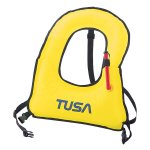
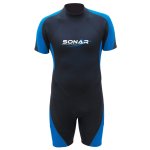
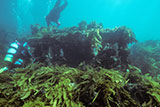
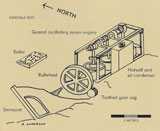
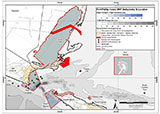
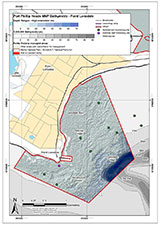
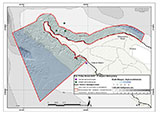
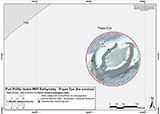
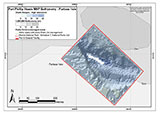
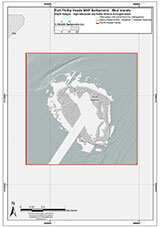
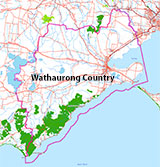


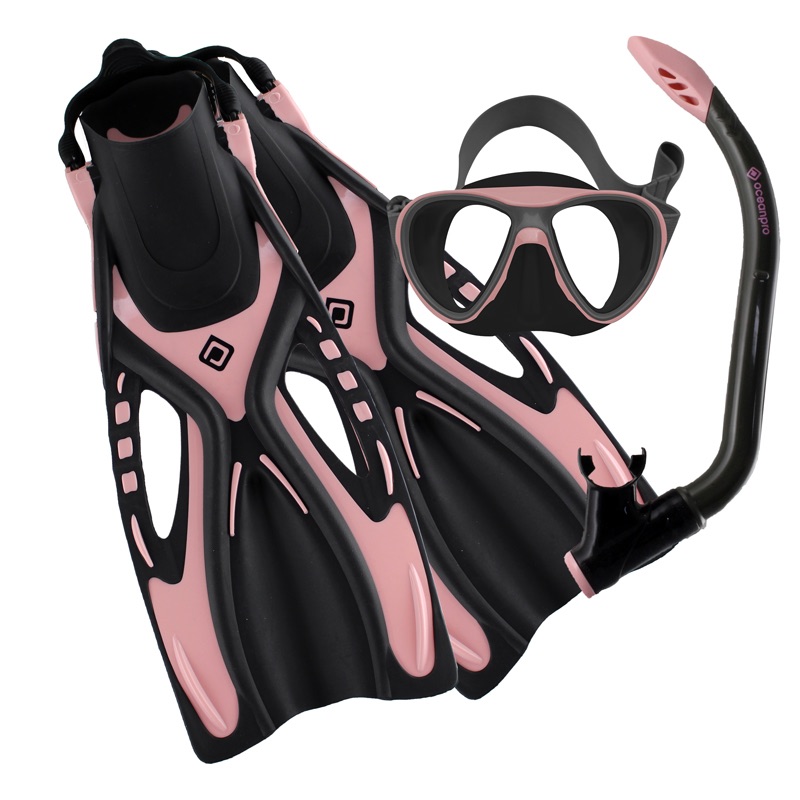




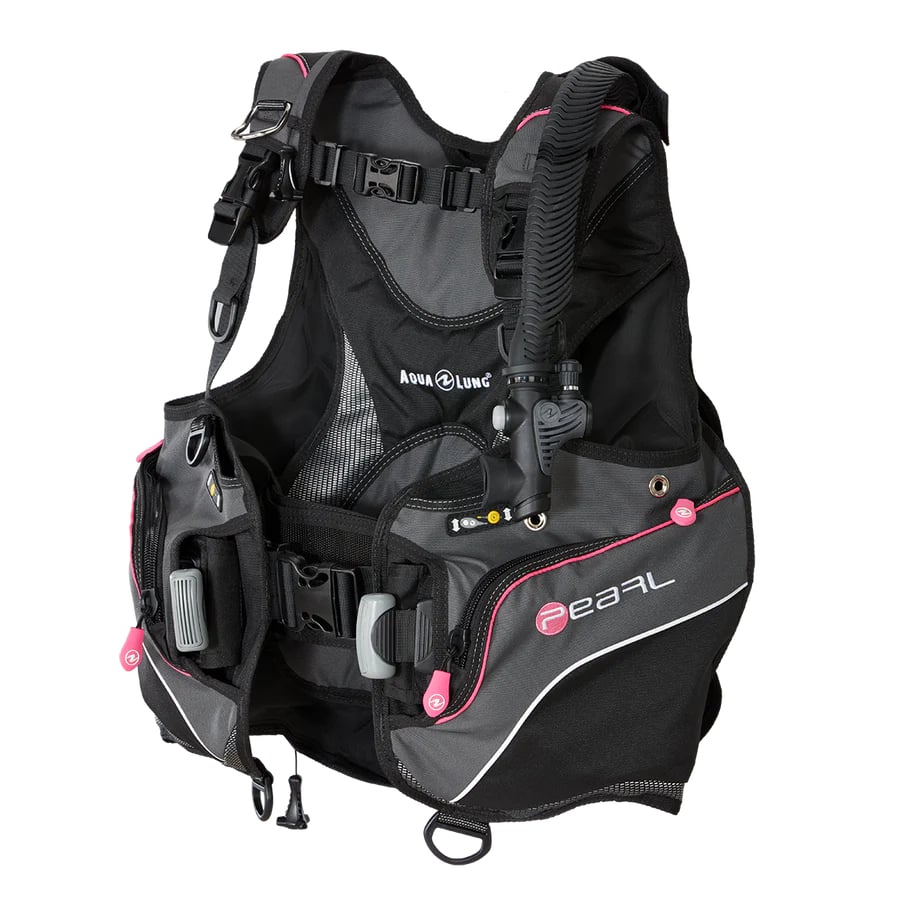





![Halcyon Infinity 30lb System [SS Small Backplate] Halcyon Infinity 30lb System [SS Small Backplate]](/diveshop/images/halcyon/Halcyon-Evolve-Wing.jpg)
